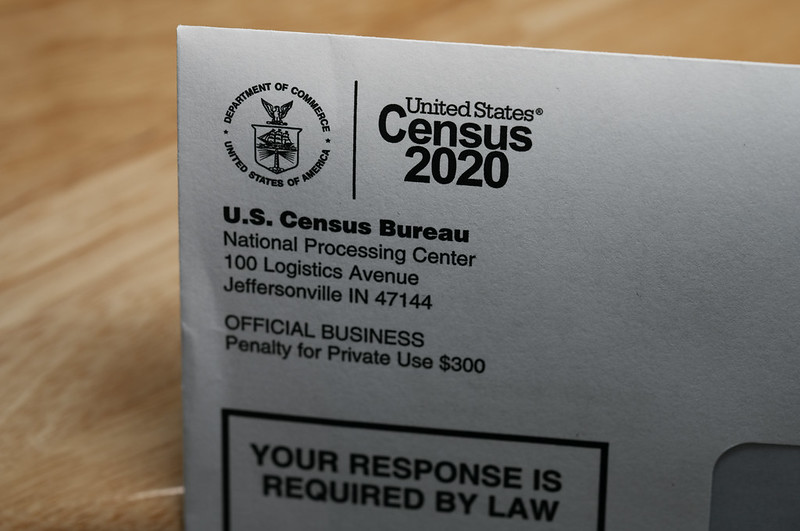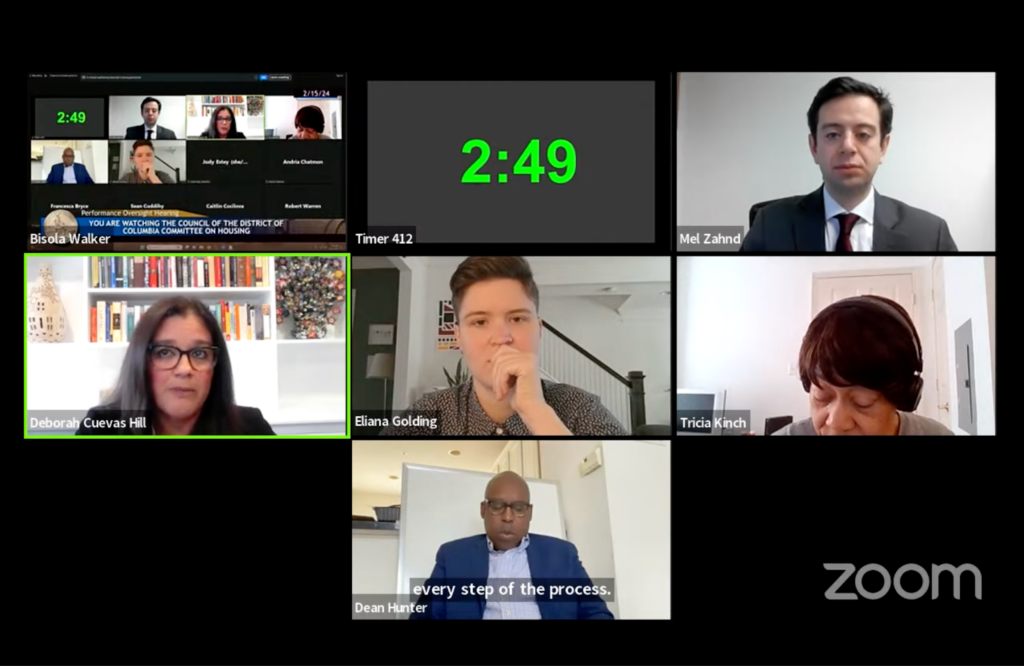Census workers will conduct a crucial count of people experiencing homelessness in September, the U.S. Census Bureau announced June 12. The count of people without conventional housing was initially scheduled for March but was delayed by the COVID-19 crisis.
From Sept. 22 to 24, census workers will count people at emergency and transitional shelters, soup kitchens, and regularly scheduled mobile food vans, a process called “service-based enumeration” designed to include residents who would be missed by traditional methods.
An accurate count of people experiencing homelessness in the District gives service providers and government agencies vital information about the needs of the homeless community, said Jocelyn Bissonnette, director of the Funders Census Initiative, which works to increase participation and engagement in democracy among marginalized communities.
“Census data informs more than $1 trillion in federal resources every year,” Bissonnette said. “So if there are significant undercounts, that could result in a pretty significant misallocation of resources across states and communities.”
According to Fernando E. Armstrong, director of the Census Bureau’s regional office responsible for operations in D.C., working closely with service providers and homeless advocates to better understand the best time to visit a shelter, building trust with providers, and informing the homeless community about the new census timeline is essential for a successful count.
“We have found through the years that if we do not have the trust and the support of the facility managers and the people that interact with this population day in and day out, we are not successful,” Armstrong said.
Armstrong also said the bureau will require field staff to wear protective equipment, including face masks and gloves during field visits, and hand sanitizer will be provided.
“Hopefully, by September, both us and the facilities have a better understanding and a better handle of the challenges with COVID-19,” said Armstrong. “We have been doing preparations with the advice, counsel, and involvement from a lot of the service providers, and we are very appreciative of that.”
The Census Bureau faces new challenges and a greater need for flexibility due to COVID-19. Technical practices regarding counting and interviewing respondents living outside and in temporary shelters will have to change, causing a greater need for collaboration with local service providers.
“We need to be cognizant of how things have changed since COVID,” said Casey Farmer, executive director of the Alameda County Complete Count Committee in California, which acts as a watchdog for the bureau’s operations. “If the Census Bureau folks were planning to sit in the back of a soup kitchen and pass forms around and ask people to participate, they won’t be able to do that because many soup kitchens are doing grab-and-go lunches and they don’t have a dining room available anymore.”
Historically, issues in accurately counting members of the homeless community include confidentiality concerns among respondents, a general mistrust of government, and the challenge of properly counting people experiencing homelessness who are temporarily living in a household.
Under Title 13 of the U.S. Code, Census Bureau employees must swear to protect the confidentiality of respondents. Census enumerators pass a background check and take an oath of confidentiality before going into the field. The code also prevents census information from being accessed by any governmental agency for any one individual. Despite assurances of confidentiality, many still choose not to participate out of fear.
“Even though census data are completely confidential — they cannot be shared with any federal agencies, law enforcement, your landlords, anyone — we still have to acknowledge that there is a real fear that people have in providing information to the government,” said Bissonnette.
Advocates point out that the bureau’s methodology to count people experiencing homelessness — an outdoor overnight headcount on Sept. 23 — may act as another barrier to gaining an accurate count.
Meghan Maury, policy director at the National LGBTQ Task Force, suggested that the bureau use a method similar to the Department of Housing and Urban Development, which conducts a point-in-time count every two years where the department works with “cultural facilitators” who have either experienced homelessness or regularly work with the homeless community to count the homeless community in overnight counts.
“There’s a logic to why they do it at night, but there’s not necessarily a logic to why a single-night headcount is the only way that they are reaching people that live on the street, or in encampments, or in outdoor living spaces,” said Maury.
As COVID-19 changes the enumeration process, the bureau will continue to work with local providers to respect the confidentiality of each participant and ensure that proper safety measures are taken. Armstrong explained that, because it will be used to make decisions about health and services in the homeless community in a time of crisis, the 2020 census is “even more important than any other.”








